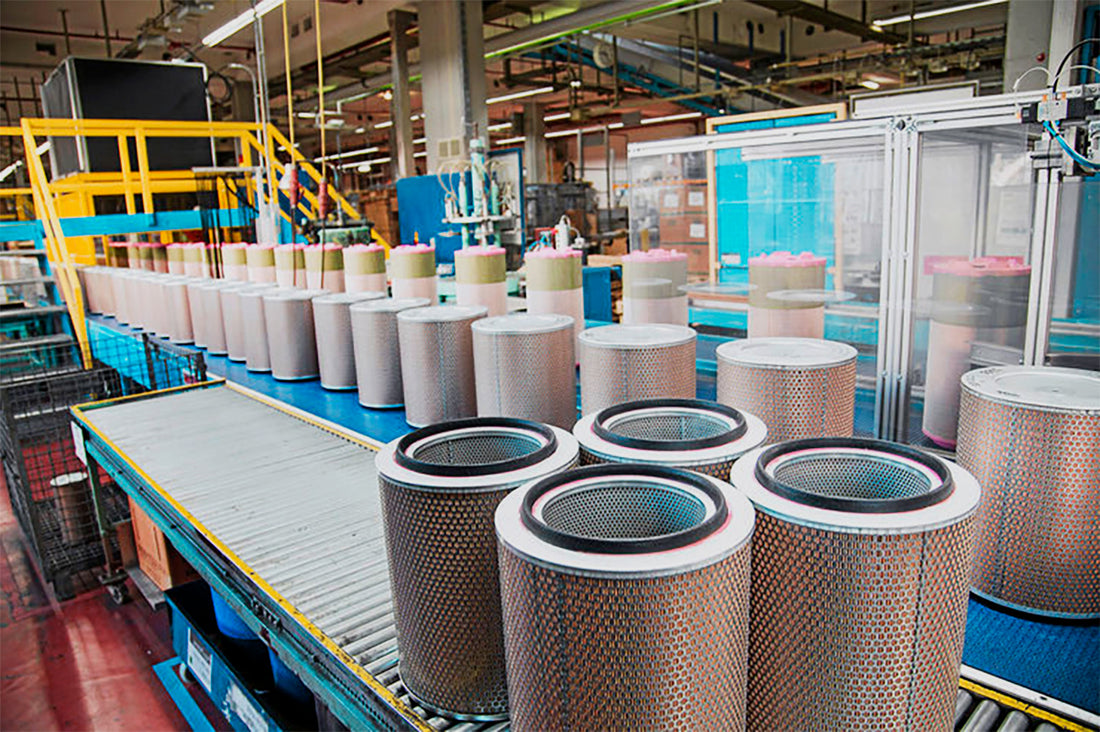Air filters are an essential component of any internal combustion engine. They work to keep dust, dirt, and other contaminants from entering the engine and causing damage. But have you ever wondered how air filters are made? In this article, we will take a look at the manufacturing process of air filters.
Step 1: Design
The first step in making an air filter is to create a design. This includes determining the size and shape of the filter, as well as the materials that will be used. The design is typically created using computer-aided design (CAD) software.
Step 2: Cutting the Material
Once the design is complete, the materials needed to make the filter are cut to size. The filter material is typically made of synthetic fibers, such as polyester, or natural fibers, such as cotton. The material is cut into the appropriate size and shape using a cutting machine.
Step 3: Pleating
The next step is pleating. This involves folding the filter material back and forth, creating a series of accordion-like folds. This process increases the surface area of the filter, which allows it to capture more particles. The pleating is done using a pleating machine.
Step 4: Gluing
After pleating, the filter material is glued together to hold the folds in place. The glue used is typically a water-based adhesive that is safe for use in automotive applications. The glue is applied using a gluing machine.
Step 5: Frame Assembly
The next step is frame assembly. This involves attaching the filter material to a frame that will hold it in place in the air intake system. The frame is typically made of plastic or metal and is designed to fit into the air intake system of the engine. The frame and filter material are assembled using an automated assembly line.
Step 6: Quality Control
The final step in the manufacturing process is quality control. This involves testing the air filters to ensure that they meet the specifications outlined in the design. Filters are tested for their ability to capture particles of different sizes, as well as their airflow resistance. Once the filters have passed quality control, they are packaged and shipped to customers.
In conclusion, air filters may seem like a small component of an engine, but they play a critical role in protecting it from damage. The manufacturing process involves several steps, including design, cutting, pleating, gluing, frame assembly, and quality control. By ensuring that air filters are made to the highest standards, manufacturers can help ensure the long-term reliability and performance of internal combustion engines.
